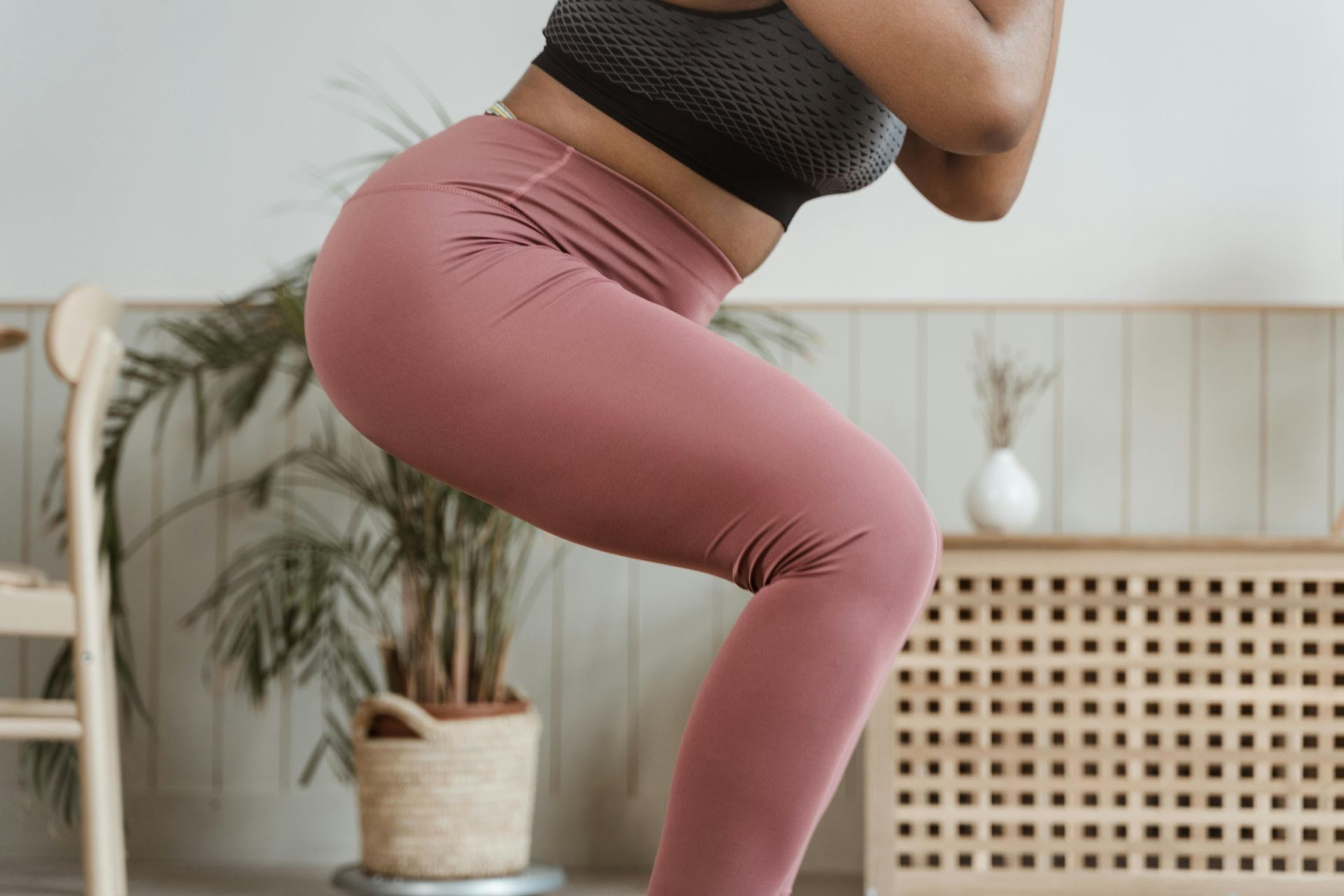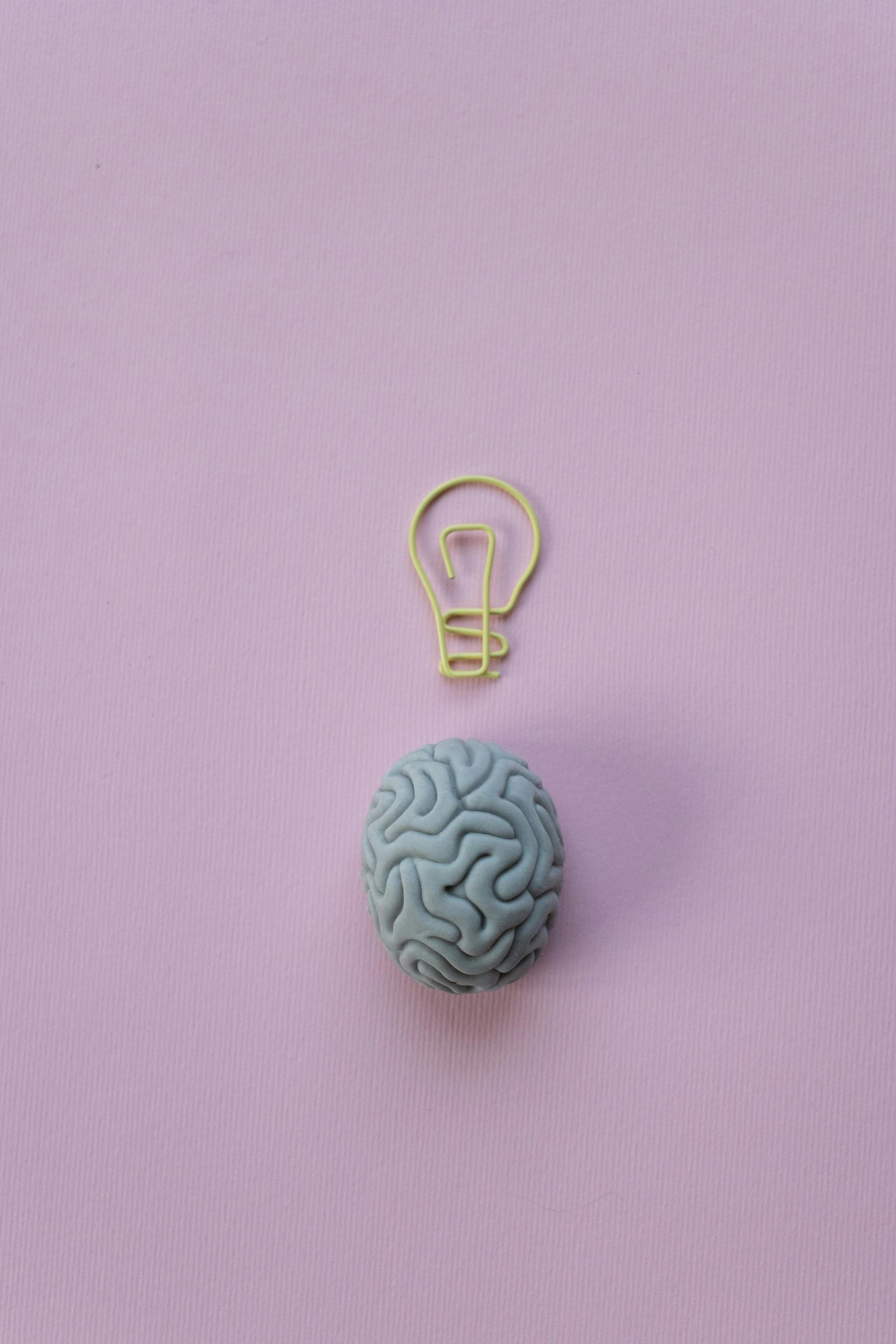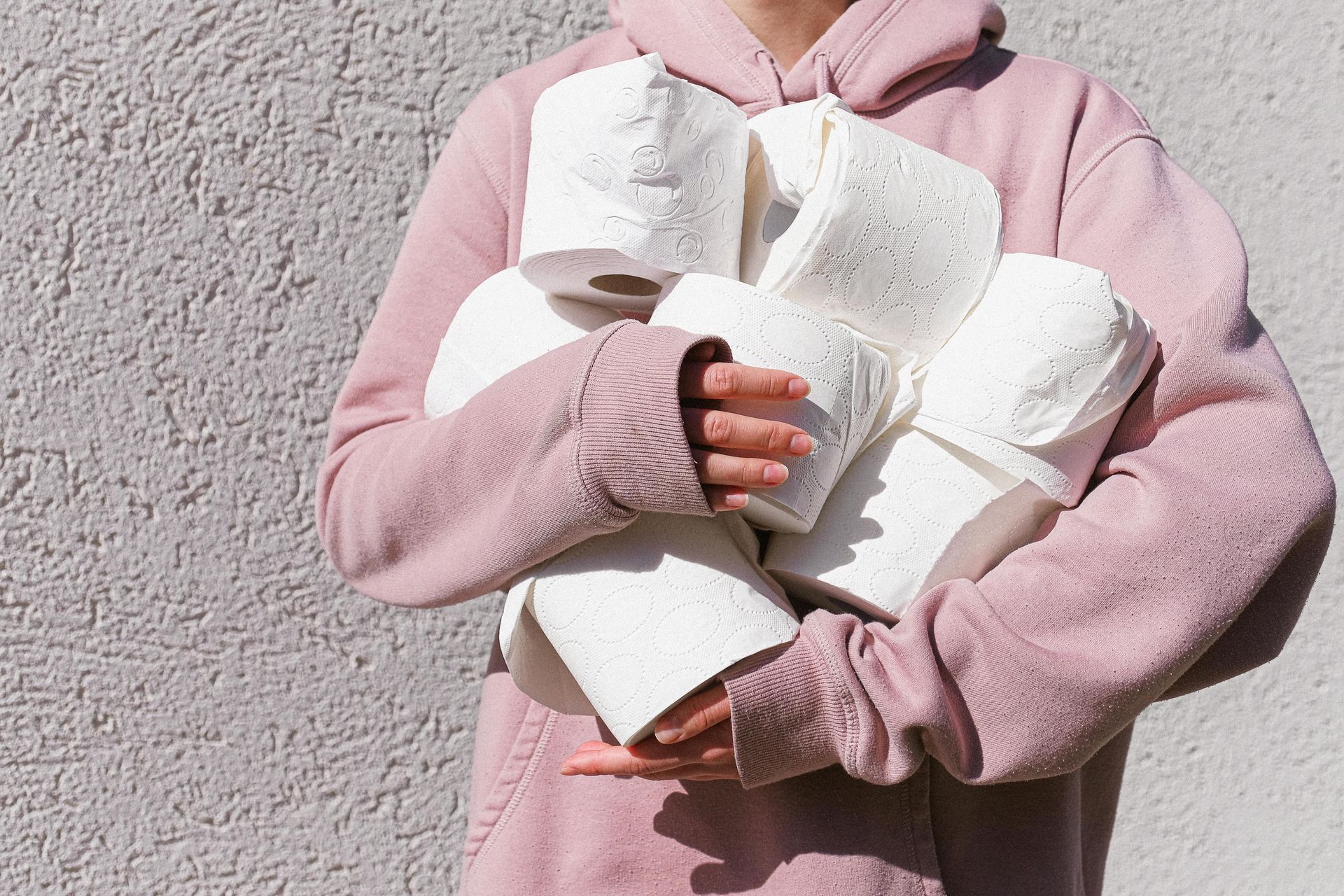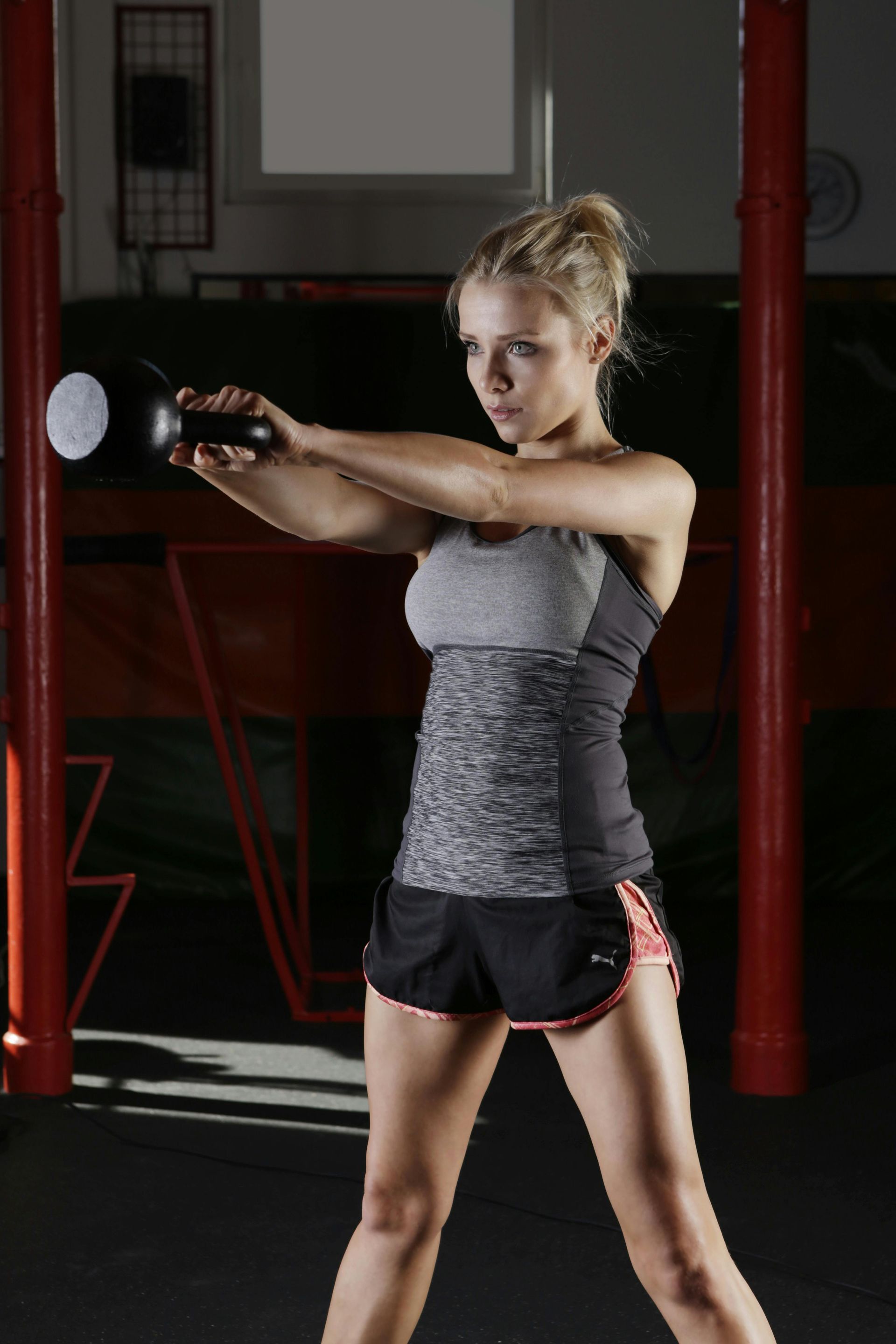Is Garfield your spirit animal?
Jane Arlow • August 16, 2020
Want to improve your Roll Up? Here's how!
Why do we do it? What muscle groups are we using?
In the classical repertoire, the Roll Up is exercise number 2, straight after The Hundred.
You may think it's a challenging exercise to put early in the class. But its aim is to wake up the abdominal muscles and practice the spinal articulation that you need in so many other Pilates exercises. If you'll want to do more advanced Pilates exercises, getting this in early is fantastic prep work.
As well as the abs, we use our back muscles, our hip flexors and glutes and the muscles that move the shoulder joint. And as with so much in Pilates, a strong mind-body connection is also required so we can move smoothly, rather than moving the body in big slabs.
What are the common problems?
The most common problems are strength and control of the abdominal muscles, particularly the deeper ones. If your belly domes or legs lift in counterbalance, most likely, it's because your abs aren't strong enough.
You may also find that you experience a little jerk through your hips as you peel up. If this is you, you're possibly using either momentum or your hip flexors to hinge yourself up.
And finally, you may find it difficult to peel up and down sequentially and either flatten or over arch your spine.
Now that we know the common problems, how can we prepare for the exercise?
Having stated that the exercise should be the second one, there are lots of other exercises that we can do that will wake up the muscles we need, and build the right mind-body connection so we're ready to do the exercise. If you're not sure what some of these exercises look like, I've added links to my insta page for some vids!
"The Group of Five" - This refers to The Hundred, Single Leg Stretch, Single Straight Leg Stretch, Double Leg Stretch and Double Straight Leg Stretch. If I'm in a rush, I do a cheeky mash-up that you can watch here. These five exercises will help build up strength in the same muscles used in Roll Up. If you'd like to know more about them, check out this blog post
Rolling Like a Ball -
Requires you to maintain a constant c-curve in your spine and tests your ability to roll through every vertebra, sequentially. It's the first of the rolling exercises in the repertoire and as you get stronger and more controlled, you can work through more of them. Check out these examples to see how it's done.
Spine Stretch - Do a couple of reps of this sitting against a wall
before practising unsupported. This builds muscle memory of sitting tall and extending the spine. You can practice peeling the vertebrae away from and back to the wall without shifting through the pelvis. Want to make it even more like a Roll Up? Lift your arms overhead.
Half Roll Back
- The entry level Roll Up, starts with bent legs,
builds abdominal and hip flexor strength, focuses on spinal articulation and is a great way to get ourselves used to the movement. Do it after your spine stretch so that your muscle memory of the articulation is still strong! One more thing to think about is that you should be feeling this in your abs rather than your hip flexors!
Hip Flexion/ Extension
- For those of us who are mostly desk-bound, it's common to struggle with tight, weak hips paired with lengthened, lazy glutes. To work both you need to do exercises where you move your leg in front of and behind your body. Donkey kick variations, shoulder bridges, runner's balance, side kick lying or kneeling..all great exercises for your hip area!
Help! I still can't do it.
Here are some tips to help build your practice:
Is your back slightly arched when you lie flat on the floor with legs straight?
Straight legs are "heavy" and can pull your pelvis out of neutral alignment. This makes it difficult to peel off the floor. If this is you, bend your knees a little. As you build abdominal strength, you will be better able to hold neutral.
Are your ribs slightly flared when you take your arms overhead?
Place a block or small cushion under your head and roll your ribs slightly down. If this is consistently you, a foam roller practice through the mid and upper back will help you to lie in thoracic neutral better. It's then easier to roll through that section of your back.
Do you find it difficult to articulate off the floor?
Try a couple of the Spine Stretches seated against the wall first, then place a small cushion or rolled up towel under the place where you find it most difficult to articulate. This gives your body a better message about what it's doing.
Do your legs lift up?
Squeeze your butt and ground your hamstrings in the floor at the point at which legs lift so that you're pulling your legs downwards in opposition.
Just can't get off the floor?
Place a resistance band round the feet, hold either end of the band to give yourself a little lift. As your arms are in front of your body holding the band, you've also got less weight to lift off the floor.
Hope that you found some helpful tips for Roll Ups here. If you're not already practising Pilates with me, why not join my Priority Wait List here
to be first to hear when a space opens up at one of our classes
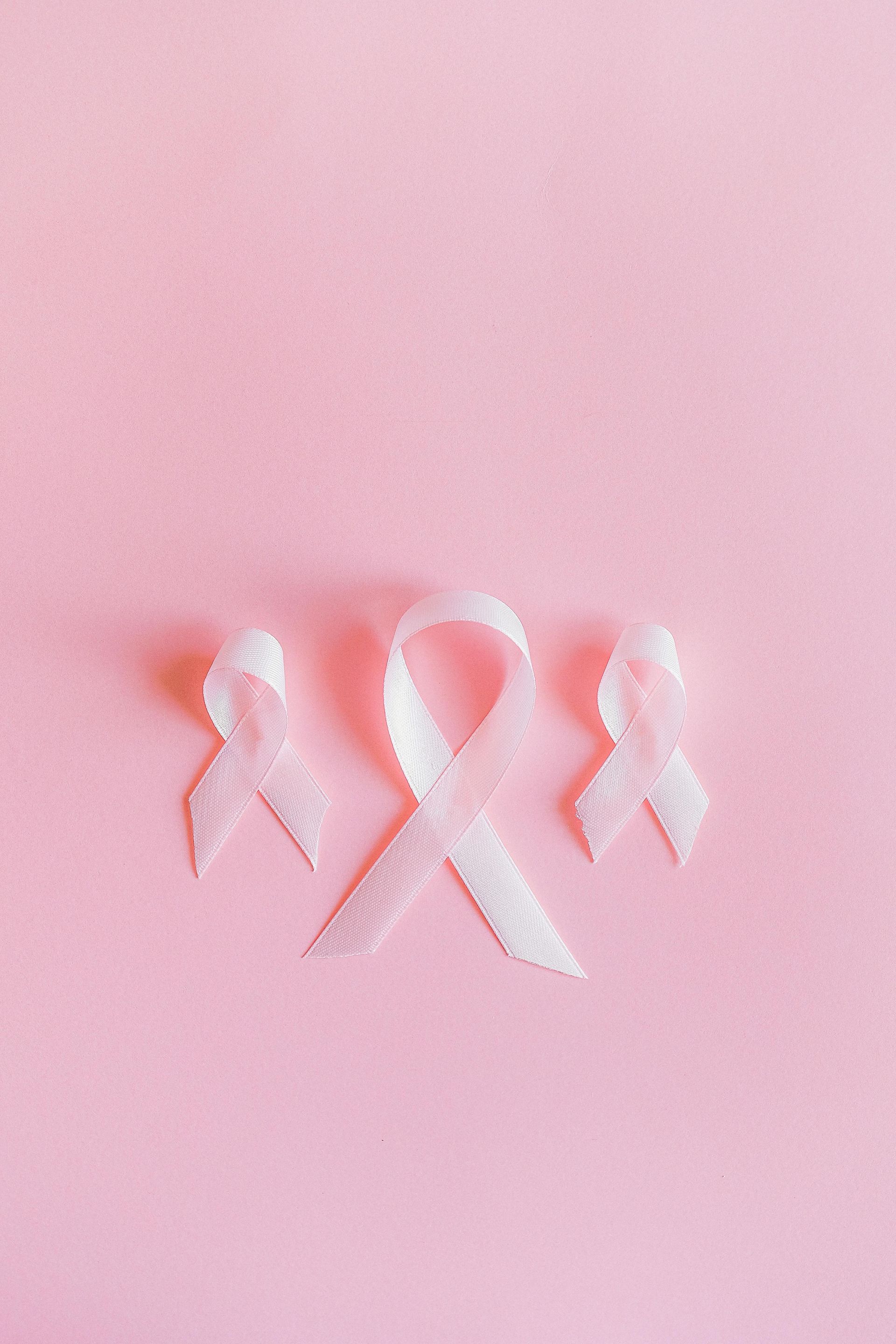
October's Breast Cancer Awareness Month and if you haven't done it recently, please let this be the nudge you need to give them a good feel up. Here 's a link to the NHS website below showing how to perform your check and what to look for. If you're one of my gentlemen readers, please don't think this doesn't apply to you. It does. Men can still get breast cancer. And if you find something that doesn't seem right, please contact your GP as soon as possible. 80-90% of lumps are likely to be benign, but for the small percentage of those that aren't, early detection and treatment are your best chances of having successful treatment and being around to annoy friends and family for a long time. Don't skip your mammogram I know having mammograms is really uncomfortable. But this is one of the best ways to check for cancers that aren't otherwise easily spotted. So if you get invited, please go. (And don't skip your smear test either!!!) Know your risk factors 1 in 7 women will get breast cancer in their lifetime. Here are some of the risk factors: - Age : older women are more likely to get breast cancer than younger women and age is the highest risk factor. - Genetics : Breast cancer risk is higher if you have first-degree relatives who've had it (although 85% of women with a relative with breast cancer WON'T get it). - Breast density (relates to the percentage of non-fatty tissue): the risk is highest for those with the most dense tissue. You can ask your radiographer to tell you whether you have dense tissue at your mammogram. - Lifestyle factors: These include having overweight or obesity, alcohol consumption, tobacco use and insufficient physical activity. - Exposure to endocrine disrupting chemicals: These "forever" chemicals, such as pthalates and parabens, show up in makeup and toiletries. Risk doesn't normally come from one exposure to one chemical, but from prolonged exposure to many different chemicals over a long period of time. You can read more about the risks here It's worth noting that even if you get a diagnosis, it's unlikely you'll ever know if there was "one thing" that caused it. What happens if you get a diagnosis of breast cancer? I am in no way competent to comment on the treatment plan your medical team recommend for you. Everyone I know who's had breast cancer has had a different treatment plan, depending on: the stage of cancer; whether it had spread further; whether it was hormone-receptive; whether it was due to genetic mutation; and the age of the woman. I do know that for all of us, it was a really scary time. You should be given access to resources outside of the surgical and oncology team, often via a Macmillan nurse, who can answer questions on topics from your treatment and reactions, to claiming for extra benefits. They're also great if you're not sure what questions to ask. While you're in the heat of the panic, it can be difficult to think clearly about what you need to know. Using "what should I be asking that I'm not?" is super helpful. Keep moving after your diagnosis, during and after treatment The one thing I can advise you on with all confidence, is to keep moving. Exercise is safe, possible and helpful for individuals with breast cancer, throughout the treatment cycle. In fact, international guidelines say you should try to get back to your normal activities as soon as possible. Exercise can help reduce the risk of cancer coming back; and may stop stage 1 cancers from growing further; and can also reduce treatment side effects like tiredness, cognitive impairment or lympoedema. Yes, you may need to dial back your usual activities if treatment leaves you feeling exhausted. But whenever you can, please aim for 150 minutes of exercise in every week. Many forms of treatment also lead to a higher osteoporosis risk, so please also do resistance-based and/or some impact-based exercise every week. I'd also recommend paying attention to shoulder mobility. Scar tissue and "guarding" of surgery sites can reduce your range of movement a lot. Check in with your medical team to confirm if there's any specific movements you should avoid during your treatment plan, and when you'll be signed off to go back to them. One last piece of advice someone else gave me... When you tell people you have cancer, a lot of them will have an opinion on your treatment plan. Especially if they're of the "my friend cured their cancer by just eating this one thing.." type. Unless this person is an oncologist, you can safely ignore them! So, what are you still doing reading this? Go off and give yourself a fondle!


